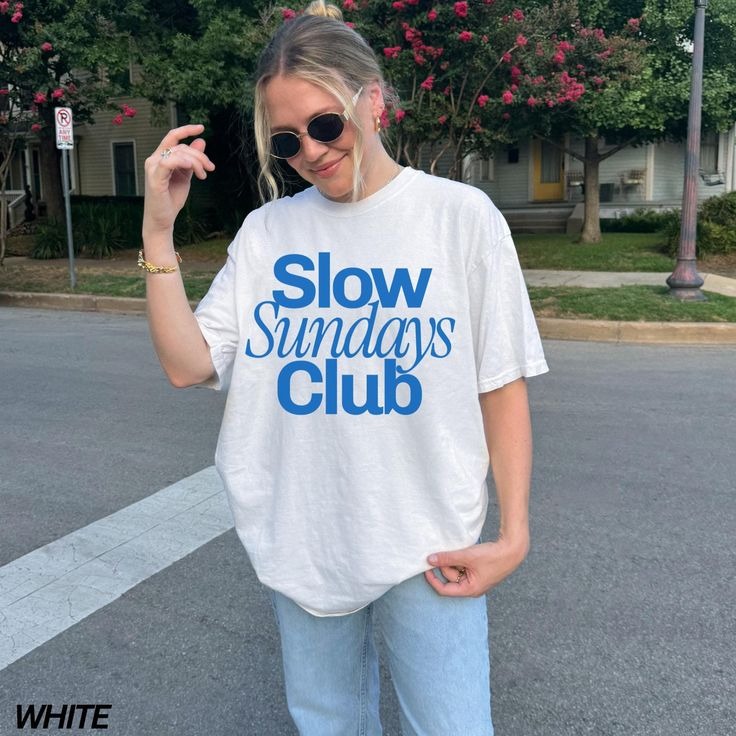Introduction
Fashion transcends mere clothing; it is a dynamic tapestry woven from threads of culture, history, personal expression, and societal trends. Through its ever-shifting forms, fashion provides a window into the values, aspirations, and innovations of humanity. Beyond the superficial layers of style, it acts as a mirror reflecting collective identities and an engine propelling social change. In this exploration, we will journey through the evolution of fashion, its cultural resonance, the intimate connection between attire and identity, the transformative impact of technology, the rise of ethical practices, and the exciting prospects that await the industry.
The Evolution of Fashion
From rudimentary garments fashioned to shield early humans from the elements to the intricate haute couture of modern runways, the evolution of fashion is a testament to human creativity and adaptability. Ancient civilizations adorned themselves with natural materials and handcrafted accessories as symbols of status and spirituality. As societies advanced, textiles became more complex and techniques more refined. The Renaissance era saw a flourishing of elaborate silhouettes and sumptuous fabrics, while the industrial revolution ushered in mass production and democratized access to attire. Throughout subsequent centuries, fashion oscillated between extravagance and minimalism, reflecting prevailing economic conditions and aesthetic philosophies. This continuous evolution underscores fashion’s intrinsic link to technological progress and societal transformation.
Cultural and Social Significance
Fashion operates at the intersection of art and anthropology, offering profound insights into cultural narratives and societal structures. Traditional garments convey heritage and communal values, often featuring motifs and craftsmanship passed down through generations. In contrast, contemporary urban fashion channels the energy of globalization, blending influences from diverse regions into eclectic ensembles. Clothing can signal belonging to a particular social group or ideological movement, from the preppy styles associated with academic circles to the gritty silhouettes embraced by streetwear enthusiasts. Additionally, fashion has long played a pivotal role in political expression. Garments and accessories have been wielded as tools for protest, solidarity, and advocacy, amplifying voices and catalyzing change on both local and global stages.
Fashion as Personal Identity
Beyond collective narratives, fashion offers individuals a canvas for self-expression. What one chooses to wear can communicate personality traits, moods, and aspirations without uttering a single word. The interplay of color, texture, and form empowers people to craft distinctive visual identities. For some, adherence to a signature style fosters confidence and continuity; for others, frequent sartorial reinvention embodies a spirit of exploration. The act of selecting an outfit becomes a daily ritual of self-discovery and presentation. In this sense, fashion is not limited to garments but extends to the performative dimension of dressing, in which individuals curate their external image to align with their inner sense of self and desired social impression.
The Role of Technology and Innovation
Technological advancements continuously reshape the landscape of fashion. Innovations in fabric science have produced materials that are more durable, breathable, and responsive to environmental conditions. Smart textiles embedded with sensors can monitor physiological data or adjust insulation properties in real time. Three‑dimensional printing has unlocked unprecedented possibilities for bespoke garment creation and rapid prototyping. Meanwhile, digital platforms and social media have revolutionized the fashion cycle, enabling designers to test concepts, engage with global audiences, and accelerate trends at an unprecedented pace. Virtual fashion shows and augmented reality applications allow consumers to visualize outfits before purchasing and to experiment with looks beyond the constraints of physical fitting rooms. This intersection of fashion and technology heralds a future in which the boundaries between physical and digital wardrobes blur seamlessly.
Sustainable and Ethical Fashion
Amid growing environmental concerns and heightened awareness of labor practices, sustainable and ethical fashion has emerged as a vital movement. Traditional manufacturing processes often entail excessive water usage, chemical pollution, and exploitative labor conditions. In response, designers and consumers alike are championing eco‑friendly materials, transparent supply chains, and fair‑trade certifications. Upcycling and zero‑waste design principles prioritize resource efficiency, repurposing existing garments into new creations. Capsule wardrobes encourage mindful consumption by focusing on versatile, high‑quality pieces that endure beyond fleeting trends. Ethical fashion transcends environmental stewardship to encompass social justice, advocating for safe working conditions, equitable wages, and the preservation of artisanal craftsmanship. As more industry stakeholders embrace these principles, fashion stands poised to align its creative impulse with the imperatives of planetary health and human dignity.
Globalization and Cultural Exchange
Globalization has propelled fashion into an era of extraordinary cultural exchange. Garment factories in one region may cater to designers in another, while inspiration often flows from traditional attire to mainstream collections. The garments of West Africa, for example, have influenced runway shows in Paris and New York, infusing them with vibrant patterns and innovative silhouettes. Simultaneously, Western design houses collaborate with artisans in remote communities, merging centuries‑old techniques with contemporary aesthetics. This interplay fosters mutual enrichment but also raises questions of appropriation and intellectual property. Respectful collaboration and equitable partnerships are essential to ensure that cultural exchange honors the origins of inspiration and benefits all contributors. In an interconnected world, the narrative of fashion is a global conversation, evolving through dialogues that span continents and generations.
The Future of Fashion
Looking ahead, the trajectory of fashion will likely be defined by convergence. The lines between physical garments and digital avatars will continue to dissolve as virtual fashion becomes mainstream in online gaming and social platforms. Biotechnological innovations may yield lab‑grown fabrics with carbon‑negative footprints, while customizable garments produced on demand will mitigate excess inventory and waste. Socially, the industry may embrace deeper inclusivity, expanding size ranges, and celebrating a broader spectrum of beauty standards. Collaborative ecosystems that unite designers, technologists, environmental scientists, and policymakers will be instrumental in shaping a fashion landscape that is as responsible as it is creative. In this unfolding chapter, fashion will remain a potent force, capable of reflecting societal shifts and inspiring new narratives about who we are and who we aspire to become.
Conclusion
Fashion endures as a multifaceted phenomenon, an art form that speaks to both individual aspirations and collective identities. Its evolution is a chronicle of human ingenuity, shaped by technological breakthroughs and cultural dynamics. As we navigate an era marked by environmental challenges and digital transformation, fashion’s capacity to innovate responsibly and inclusively will determine its enduring relevance. Whether through a handcrafted garment echoing ancestral motifs or a virtual ensemble worn in cyberspace, fashion continues to weave the stories of our lives, connecting us across time, space, and imagination.



